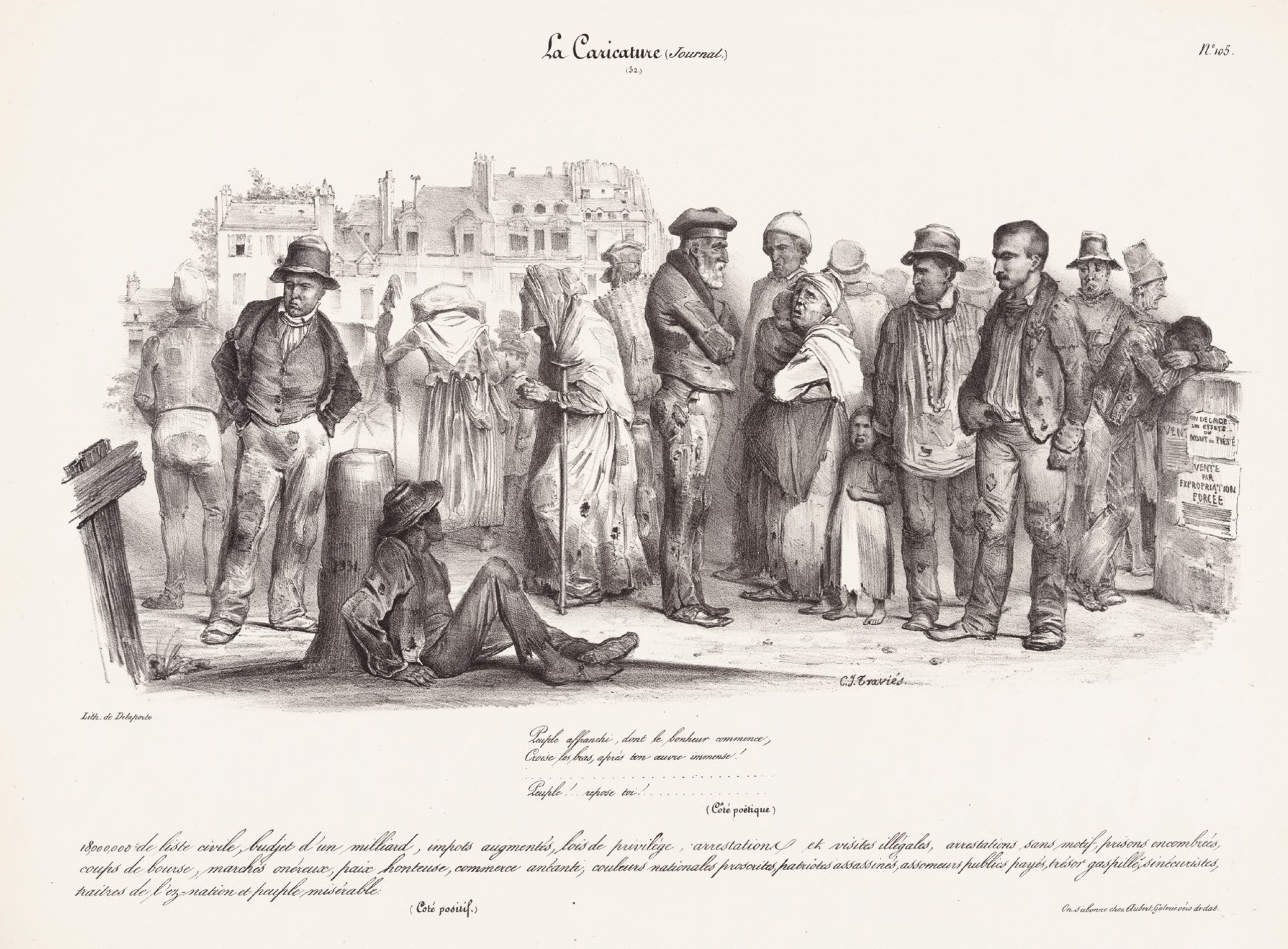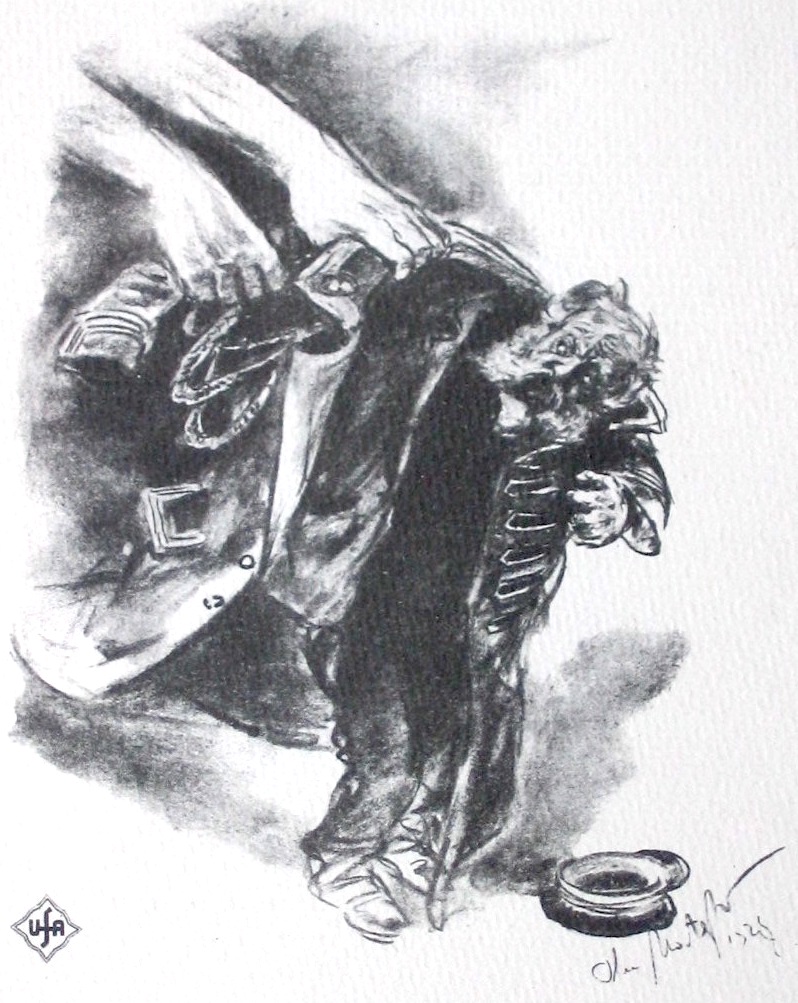[January 16, 2012
Graphic reports from the modern wars in Afghanistan
25.1.2011
Ballpoint Memories from Afghanistan
The English Russia blog presents an anonymous Ballpoint Soldier: “He was on a few wars, in Afghanistan, in Tajikistan and then in Chechnya. He got in real battles and lost many of his friends in action, that´s a true story true soldier. Everywhere he went he took one thing with him that helped him to cope with all that. It was a simple ballpoint pen that he used to draw the most touching memories on the paper.”
—————————————————————
5.6.2009
“The Photographer” by Emmanuel Guibert and Didier Lefèvre
Excerpts from a review by Chris Hedges
It is impossible to know war if you do not stand with the mass of the powerless caught in its maw. All narratives of war told through the lens of the combatants carry with them the seduction of violence. But once you cross to the other side, to stand in fear with the helpless and the weak, you confront the moral depravity of industrial slaughter and the scourge that is war itself. Few books achieve this clarity. “The Photographer” is one.
A strange book, part photojournalism and part graphic memoir, “The Photographer” tells the story of a small mission of mostly French doctors and nurses who traveled into northern Afghanistan by horse and donkey train in 1986, at the height of the Soviet occupation. The book shows the damage done to bodies and souls by shells, bullets and iron fragments, and the frantic struggle to mend the broken.
The narrator and photographer is Didier Lefèvre. His black-and-white photographs — many reprinted directly from his uncropped contact sheets — are interwoven with drawings by Emmanuel Guibert. The small sequential frames of the contact sheets merge seamlessly into the panels of artwork. The book, at 267 pages, is long. But its length is an asset, allowing the story to build in power and momentum as it recounts the arduous trip into mountain villages, the confrontation with the devastation of war, the struggle to save lives and Lefèvre’s foolish and nearly fatal attempt to return to Pakistan ahead of the team.
The disparity between what we are told or what we believe about war and war itself is so vast that those who come back, like Lefèvre, are often rendered speechless. What do you say to those who advocate war as an instrument to liberate the women of Afghanistan or bring democracy to Iraq? How do you tell them what war is like? How do you explain that the very proposition of war as an instrument of virtue is absurd? How do you cope with memories of children bleeding to death with bits of iron fragments peppered throughout their small bodies? How do you speak of war without tears? The book concludes with contact sheets showing Lefèvre walking with his mother on the beach in Blonville with Bienchen, her small dog. A postscript notes that she did not learn the details of her son’s travels until the publication of this story, two decades after his first trip.The power of “The Photographer” is that it bridges this silence. There is no fighting in this book. No great warriors are exalted. The story is about those who live on the fringes of war and care for its human detritus. By the end of the book the image or picture of a weapon is distasteful. And if you can achieve this, you have gone a long way to imparting the truth about warfare.
“The Photographer” was originally published in three volumes by the French publisher Dupuis.
—————————————————————
13.1.2012
Richard Johnson´s impressions from Afghanistan
After tours in Iraq (2003), Afghanistan (2007) and another six weeks in Kandahar this past summer, Richard Johnson, the Graphics Editor for the Canadian newspaper National Post, has amassed a wealth of hand-drawn, subtle illustrations detailing the lives of both civilians and soldiers. Recently Johnson donated a set of these pieces to the Smithsonian’s National Museum of American History.
When the Smithsonian learned Johnson would be returning to Afghanistan, curator Jennifer Locke Jones asked him if the museum could be the first to look at his work when he came back home. After viewing his latest illustrations, the Smithsonian ended up choosing thirty-four pieces, which represent not only the lives of individual soldiers but their day-to-day interactions with the local civilians. Johnson “never goes back to it, or fill it in, and do the ‘prettying up’ that other artists do,” Jones says. Instead, she says, he draws in the field, sparking an “immediacy and freshness” that traditional war illustrations lack.
Richard Johnson, Afghanistan 2011
Johnson, who studied at the Duncan of Jordanstone College of Art in Dundee, Scotland, didn’t start out his career aiming to cover war zones. Working at the Detroit Free Press in 2003, Johnson proposed the paper to fly out a war artist to Iraq.One month later, in June 2003, Johnson was on the border of Iraq with the US Marines. He lived with the troops day in and day out, attending patrols and being exposed to the same risks. When he returned to Afghanistan earlier this year for the National Post, he says his experience was vastly different, as the mandate of Canadian Forces had shifted from combat to project-type work, including the building of schools and roads. This shift comes across clearly in many of the illustrations donated to the Smithsonian.
Richard Johnson, End of the Road, 2011
Richard Johnson, Battle Update Brief in the Canadian CP at KAF.
While Johnson says photographs can be striking, the process of illustration allows him to build a human connection with readers. “I think that stroke by stroke, line by line, it’s that kind of intensity of connection that comes across in the artwork.”
For further informations check out Richard Johnson´s website, the Kandahar Journal, Richard Johnson’s illustrated Afghanistan blog, his website Newsillustrator, and the Long Road- series in the National Post.
ANP truck after an assault by the Taliban on a police station.
Kandahar building with a hole in it. Note the razor wire around the satellite dish.
Aziz who was shot through the abdomen during a firefight uses some of my paper and pencils to draw.
(Source: Richard Johnson – Sketches from our front lines )
—————————————————————
27.10.2011
Canadian Army Revisited: David Collier´s “Chimo”
David Collier started to publish autobiographical comic strips and drawn subcultural history pieces in the late eighties. Together with fellow artists such as Chester Brown, Emmanuel Gilbert and Harvey Pekar, to whose legendary series “American Splendor” he has contributed, Collier can be counted among the primary exponents of the drawn documentary genre – as an unofficial historian of secret pop knowledge, marginal biographies and character studies. After publishing his own comic book series “Collier’s” (ironically referring to the famed American illustrated newspaper of the same name that ran from 1888-1957), he has also published collections under titles such as “Just The Facts.
Over the last years, Collier has focused his work on what could be called a prosaic re-evaluation of the tradition of first-person accounts previously named “military art”. Collier can look back on rich first-hand experiences in the military. Shortly after he started his career in Robert Crumb’s “Weirdo” magazine in 1986, Collier served in the Canadian Army and drew strips for the army newspapers. In April 2005 he took part in the Canadian Forces Artists Program, a storied project that invites Canadian artists to witness and document the military’s day-to-day. Some of his daily accounts where published online under the title “Artist On Board. A Canadian cartoonist sketches life in the Navy”. At the age of 40 he went through basic military training again – with the ambition to get to Afghanistan. Recently, Conundrum Press has published the results of Collier´s training experiences, in a collection called “Chimo”.
David Collier: Chimo, 2011
In an interview with the journal School Libraries in Canada, Collier talks about this artistic background and the reason why he re-enlisted: ” I believe that art is about feelings. The artists and writers who have best captured life of soldiers and sailors – like Earl Birney, Kurt Vonnegut, Alex Colville and Jack Nichols – have themselves served in the military. Out of the struggle between the artist’s need to be an individual and the military member’s need to be part of a team comes great work.”
Alex Colville: Infantry, near Njmegen, 1946 (Canadian War Museum)
—————————————————————
22.10.2011
The Joe Bonham Project
In early 2011 renowned military artist Michael D. Fay organized a documentary project which is named after the leading character of Dalton Trumbo’s famous anti-war novel Johnny Got His Gun. Joe Bonham awakens here in a hospital bed after being caught in the blast of an exploding artillery shell and gradually realizes that he has lost all his extremities.
Fay brought various trained and amateur artists together to document the struggles of U.S. service personnel undergoing rehabilitation after front-line injury in a military veterans’ hospital in Richmond. As Jonathan Jones, art critic of The Guardian, states in his article about Michael Fay´s hospital drawings “the combat artist’s drawings of soldiers wounded in war are more humane and nuanced than a photograph could ever be. (…) A good artist who draws a damaged body records not just the scarred flesh but the emotions inherent in the act of drawing itself, and the human encounter between artist and portrait subject.”
Victor Juhasz: Sgt. Jason Ross
Michael D. Fay: Cpl. Zachary Stinson














